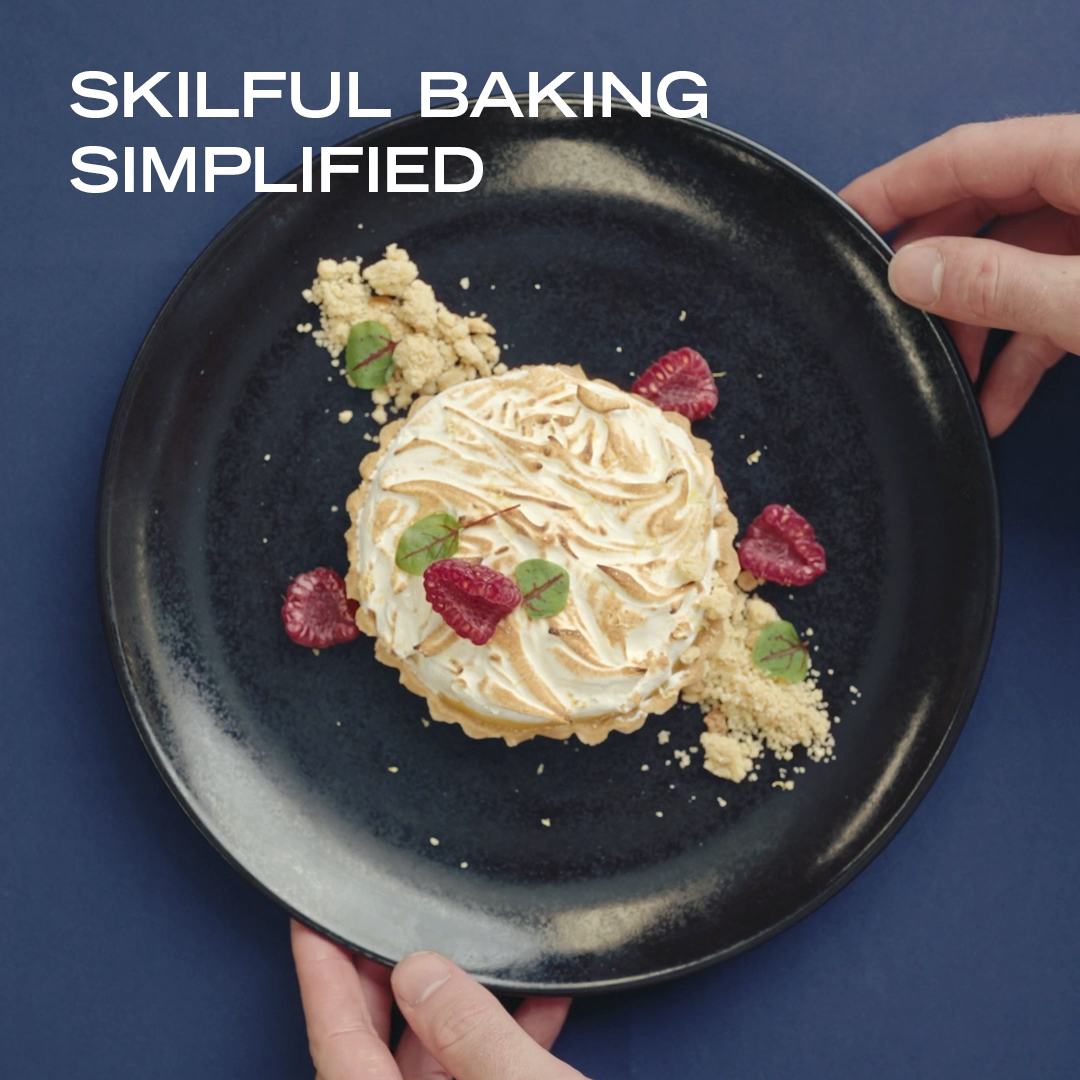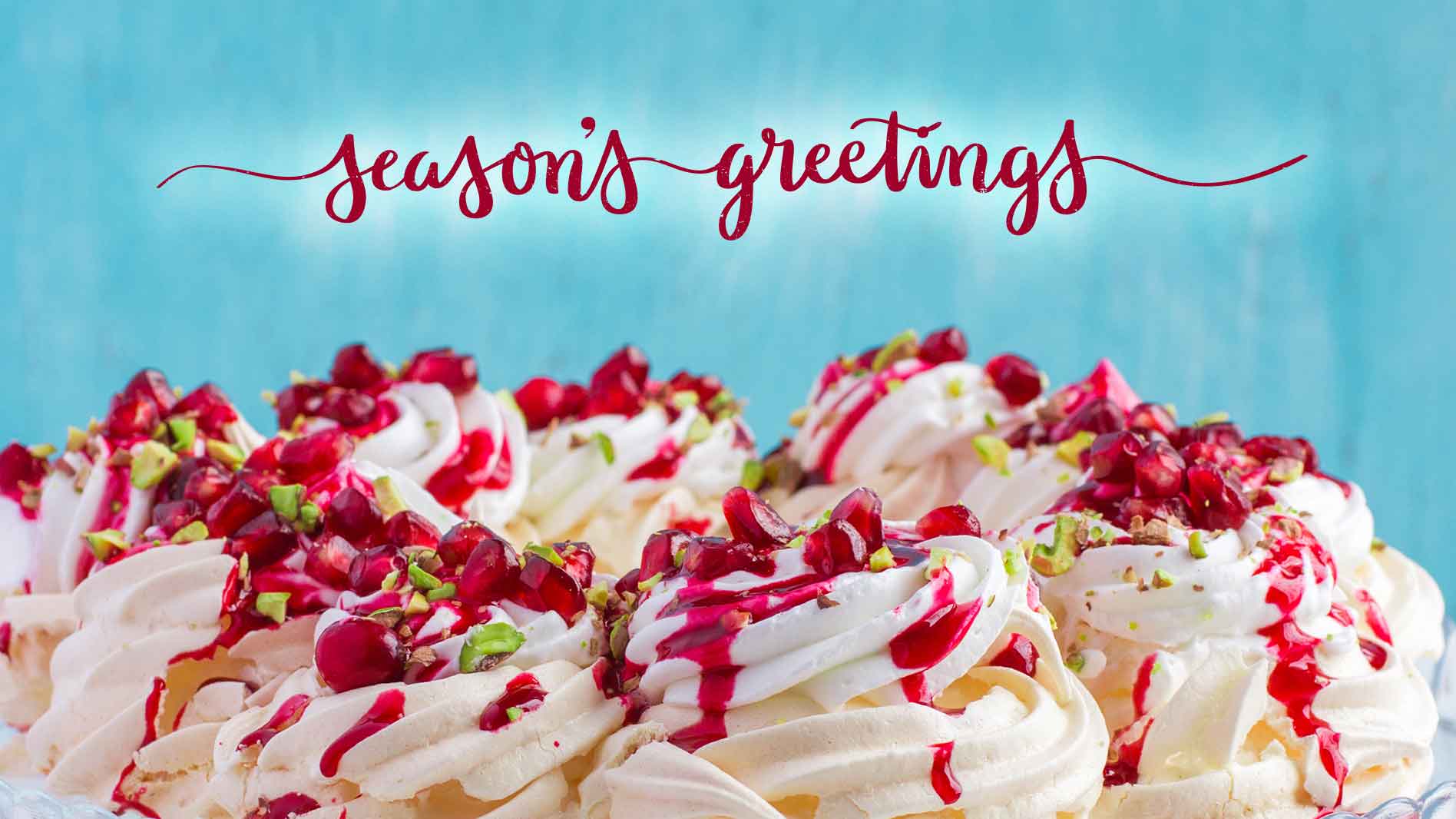Be inspired with recipes created by chefs.
Sign up for updates about products, special offers, news and promotional materials from Goodman Fielder.

Summary
Gluten-free diets are on a fast rise across Australia, with more and more individuals choosing to avoid it. Gluten is a protein found in wheat, rye and barley. Recently, the global market for gluten-free products was valued at $6 million in the United States of America foodservice industry alone.
Local-based research has found 2.4 million Australians (10 per cent of the total population) are following a gluten-free diet. And while the number is daunting, one in 70 Australians (around 345,000) are professionally diagnosed with coeliac disease – the medical reason for the gluten-free diet. Coeliac disease is now four times more common in Australia than it was five decades ago.
Along with medical reasons, there is a large portion of Australians who are opting to avoid foods that contain gluten as they believe it will improve their overall health. Though, there to be no health benefit from a gluten-free diet because gluten-free products tend to have higher fat and sugar contents, as well as less fibre and whole grains, according to a report published by The New York Times.
Gluten is commonly found in barley, rye, oats, wheat, couscous, burghul, durum wheat, spelt, farro, kamut and semolina. While there are limited alternatives on the market for chefs to use in the kitchen, it is understood that gluten-free products cost around 17 per cent more than everyday foods, resulting in a possible increase in price for certain menu items for the customer.
So, with the rise of gluten-free diets, it is important chefs across the country are open to the trend and incorporate changes into their menu in an attempt to stay relevant to the growing market. According to Coeliac Australia, three out of four gluten-free diners decide where to eat based on how well a restaurant demonstrates their knowledge on gluten-free through their menus.
90 per cent of diners would be very likely to return where they had a good gluten-free experience
On top of this, the survey discovered that 90 per cent of diners would be very likely to return where they had a good gluten-free experience. Whereas, 65 per cent admitted the individual who suffers from coeliac in the group chooses where to eat the majority of the time. Meaning, if your restaurant doesn’t cater to those who are following a gluten-free diet, you don’t only lose them as a customer but also those they are dining with.

Is your Gluten Free offering hitting the mark?
Download your free Gluten Free In The Kitchen Guide today to reduce the risk.
According to Coeliac Australia, when planning your menu to incorporate gluten-free items, work with foods that fall under the green food category (naturally gluten-free) and amber food category (foods identified as gluten-free). Examples of foods under the green foods category are; rice, corn, quinoa, fresh fruit and vegetables, eggs, milk and unprocessed meats.
Whereas, some types of yoghurt, soy milk, processed meats, stocks and condiments fall under the amber category. Though, when working with foods under the amber banner, it’s important you read the labels clearly to make sure they contain no traces of gluten.
Accredited Practicing Dietician, Sally Marchini told Goodman Fielder Food Service that chefs should be wary of the pre-made foods they are purchasing for their kitchens as some may have hidden traces of gluten. “It is important that chefs understand their stock can’t contain wheat or rye or oat,” she said.
“Meaning, they should make their own stock rather than use store-bought, which often does have that.” Ms Marchini went on to add that “different brands of yoghurt and ice cream may also contain gluten” and that chefs should always double check the ingredients list before including it in a gluten-free dish.
It is also important for chefs to take all necessary steps to avoid cross-contamination when preparing food in the kitchen. According to Coeliac Australia, 62 per cent of gluten-free diners fear off cross-contamination when eating out.
62 per cent of gluten-free diners fear off cross-contamination when eating out
When preparing dishes in the kitchen, it has also been recommended to chefs that they have a dedicated area where all gluten-free meals will be created. There, they should have a range of knives, bottles, cutlery, frypans and clothes that are only used during the preparation of gluten-free menu items.
“Be careful of any cross contamination with chopping boards or cookers, like deep-fryers,” Ms Marchini said. “Even though the food that you cook in them might be gluten-free unless only gluten-free things are cooked in them, there is a risk of a person consuming gluten.” Though, chefs are told that if they’re using flour within the kitchen at any given time, they should prepare gluten-free meals in a separate location as the flour stays in the air for a few hours (at least).
So, as the gluten-free intolerances continue to rise across the nation, venues need to start making changes both front and back of house. From accepting changes to menu items to dedicating a gluten-free area in their kitchen and reading the ingredients panel on all foods, it’s time to start making changes to accommodate the booming health trend.
Related Ideas
7 Ways to Survive Service in the Festive Season
Here are our tips, straight from the chef's mouth, on how to survive the festive season in the kitchen



